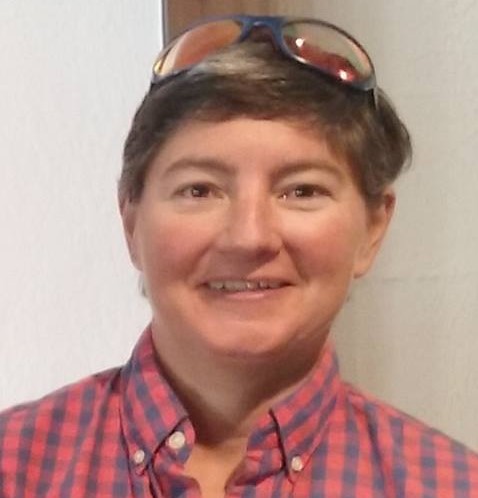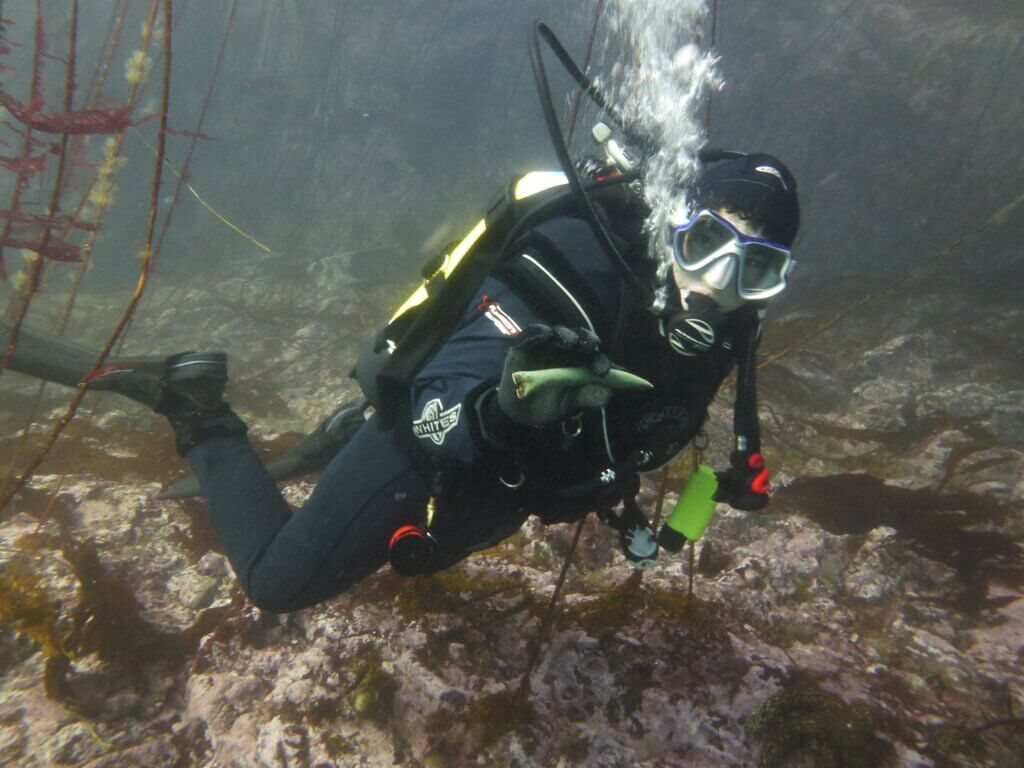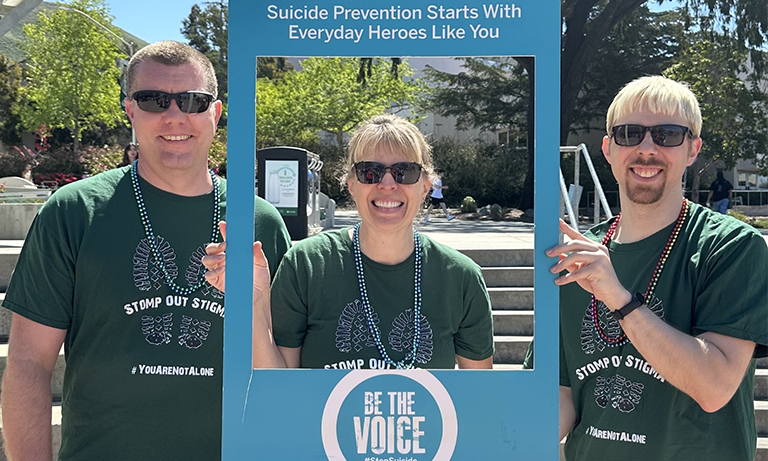
Whenever Lynne Slivovsky dives at the Cal Poly Pier, she might be able to see as little as a few inches in front of her or as far out as 30 feet.
“There’s a lot of stuff that affects the visibility out there,” she said. “But when it’s clear, it’s really spectacular.”
Since the computer engineering program became a department, Slivovsky now has a much clearer vision for CPE students, faculty and staff.
“It’s an amazing vision,” she said. “And by being a department, we get the opportunity to actually make that happen.”
As the department’s first chair, Slivovsky has played a significant role in creating that vision.
“Lynne has been great,” said John Oliver, who was program director when the movement to become a department began. “I got to ‘break’ things. As we know it’s a far harder job to build things.”
Raised on the East Coast, Slivovsky might not have ever become CPE chair had she taken her engineering skills in another direction.
“I was originally thinking it might lead to med school,” she said.
But the dual computer and electrical engineering major at Purdue University eventually gravitated more toward computer engineering. It was at Purdue in the early 90s that she began her underwater hobby, diving in Indiana quarries and during vacations in Hawaii.
Once a prospective surgeon, Slivovsky earned her engineering Ph.D. from Purdue and joined Cal Poly’s faculty in 2003. Since that time, she has witnessed the university make greater efforts to encourage diversity and inclusion – an important initiative for her and one of the stated goals of the new department.
“Looking forward, I really want it to be about students feeling like they belong here and have the support structures in place to help them when necessary,” she said.
Slivovsky is also interested in combining disciplines. Relocating to the Central Coast opened up more opportunities for her diving hobby. And, roughly a decade ago, she began looking for ways to incorporate education into her diving.
“I really wanted to combine the work I was doing in computer engineering with marine science,” she said.

One recent initiative, a joint effort with the Biology Department, offers live streaming marine science lessons to middle school students in a program called Dive Beneath the Surface.
“We’ll dive at the Cal Poly pier, and we have a camera with underwater housing, and that is tethered to the surface with a video cable,” said Slivovsky, who leads the program with marine sciences professor Crow White. “We merge the video and audio from the divers on the surface and then steam those lessons to YouTube so teachers can bring them up in the classrooms or students can bring them up on their phones, and they can ask questions of the divers conducting the lesson underwater.”
The lessons require a team – usually four divers underwater and a team above the surface. While the team above water relays questions and ensures connections are working, divers have to multi-task, navigating currents and other conditions while offering a lesson as students ask questions about what they see on the camera.
“There’s a lot more you’re paying attention to,” she said.
Around the time she began to combine her passions for education and diving, Slivovsky achieved a completely different goal, breaking a U.S. women’s weightlifting record for deadlift in 2013.
She had been working out with her friend Maria Dwyer when Dwyer suggested they aim for the International Powerlifting Championships. They both qualified, and Slivovsky broke the record – 292 pounds – in Las Vegas, breaking the previous mark by five pounds.
Now her competitive instincts have taken her to ultra endurance races with mountain biking.
Sometimes referred to as “bikepacking,” ultra endurance races are often a multi-day event that requires the rider to complete the entire route, navigating, finding food and places to sleep unassisted.
“In the races it’s a combination of physical, mental and emotional challenges,” she said. “It’s intense navigating the route as well as getting through water, finding places to sleep and camping.”
Of course, her biggest challenge now is making sure the new department succeeds. Equipped with a detailed plan, greater autonomy, and a clear vision, Slivovsky is excited to dive into it the new role.
“There are things we can do now as a department that we didn’t do before.”


